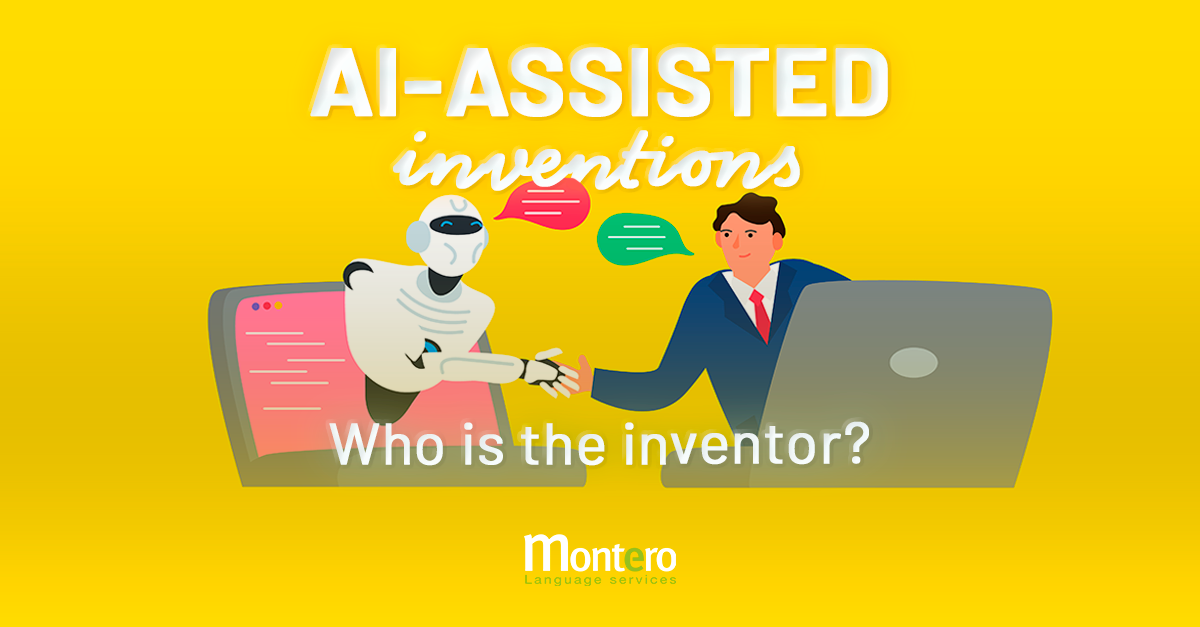T9N, L10N, I18N, and G11N? If these abbreviations are a linguistic puzzle you’re struggling to unravel, find out the differences between them here.
The acronyms T9N, L10N, I18N and G11N are an alphabet soup you may struggle to sort through.
You may know what each one of them stands for. Just in case, here’s a reminder: translation, localization, internationalization and globalization, respectively. Still, we’ve come to realize most people often use them as synonyms.
Now, if your job entails helping a company to “go global”, you should be aware of how they differ. Each one addresses key aspects you’ll have to take into account when entering international markets.
With this blog post, we aim to provide you with a clear understanding of each term. Ready to dive in?
T9N: Translation – Bridging language barriers.
Let’s start with the most familiar acronym: T9N, which stands for “translation.” Translation means rendering text or content from one language into another.
It allows people from different linguistic backgrounds to communicate effectively. Whether it is a novel, a website, or a legal document, translation connects people and companies across the world.
L10N: Localization – Tailoring for cultural relevance.
We’re now moving on to L10N, the acronym for “localization.” While translation focuses on language, localization goes one step further. It takes into account cultural nuances, preferences, and even regional regulations.
It involves adapting a product to a specific target market. Its purpose is that the users experience it as if it had been crafted for them from scratch.
Take emojis. Were you aware that their meaning may change in different languages? For instance, the “hi” emoji is used in China as a definitive goodbye (when a couple breaks up or friends part ways).
When it comes to text, localization often produces a new original text for the target market, rather than a mirror version. This is what is known as transcreation.
But localization also applies to AV materials. If you’ve watched “Inside Out,” you may recall a scene where Riley’s dad struggles to feed his daughter broccoli. Like most kids, she finds it disgusting.
Well, this vegetable had to be replaced by bell peppers in Japan. Over there, kids love broccoli! So, Pixar localized the movie by modifying this animation (and plenty of others).
Wondering which points you need to address when localizing a product?
Let’s start from the basics…
- Telephone number formats.
- Date and time formats.
- Currencies.
- Systems of measurement (i.e., metric or imperial).
… and pay special attention to some trickier aspects:
- Writing direction (e.g., right to left in Hebrew and Arabic, and vertical in some Asian languages).
- Punctuation (e.g., quotation marks ” in English and guillemets <<>> in French).
- Symbols and pictograms (e.g., use of color in different cultures).
- Legal requirements (GDPR for EU citizens’ data).
I18N: Internationalization – Setting the stage for global reach.
As you know by now, translation and localization happen once a product, software, or content is ready. And internationalization is what marks the start of the creation process.
Internalization lays the groundwork to offer users a great localized experience.
A clear example is McDonald’s, with a staggering 36,000 restaurants in over 100 countries. Their menu is easily adaptable to local tastes and customs. Yet, their global brand identity remains untouched.
Another case worth mentioning is IKEA. The Swedish company has internationalized its assembly instructions by using only diagrams. There’s no text requiring translations.
The fact is, internationalization can be quite challenging in fields such as software and electronics. For instance, when it comes to developing mobile apps to launch in the EU.
Translating English content into different European languages involves text expansion. This means that the target text will include more characters and words, and take up more space. To give you an idea, the translation into German can be up to 35 % longer than your original text.
You’ll need to account for the extra space you may need for different languages early into the development stage. So, that will be a key aspect of your internationalization efforts.
G11N: Globalization – The big picture strategy
Lastly, let’s explore G11N, which stands for “globalization” and is the strategy behind all the other elements we’ve seen so far.
Globalization is about creating a business or content strategy that goes beyond borders. As such, it involves much more than dealing with linguistic and cultural differences.
It refers to the business side of launching a project on a global scale, touching on aspects such as:
- Market research.
- Product design.
- Market-entry strategies.
- Locale-specific content strategies.
- Legal and HR issues.
Taking all this into account, globalization should happen before product development. Because, if you intend to go global, performing user or market research at home is not enough.
Some companies that have struck gold with their globalization strategies are:
- Amazon bringing products from companies or individuals from the other end of the world directly to your front door.
- Netflix streaming in over 190 countries with content tailored to each market.
- Nike partnering with athletes in plenty of countries to support its expansion.
This goes to prove that, if you’re looking to expand your business, globalization offers you a priceless opportunity. Yet, you know the saying: opportunity knocks but once…
Jump on board hand in hand with us! Our language expertise paves the way for you to enter new markets and attract a wider customer base. Whether you need translation, localization, or transcreation, we help you draw your roadmap to global success.
If you’re still uncertain about which service you need, drop us a line.








